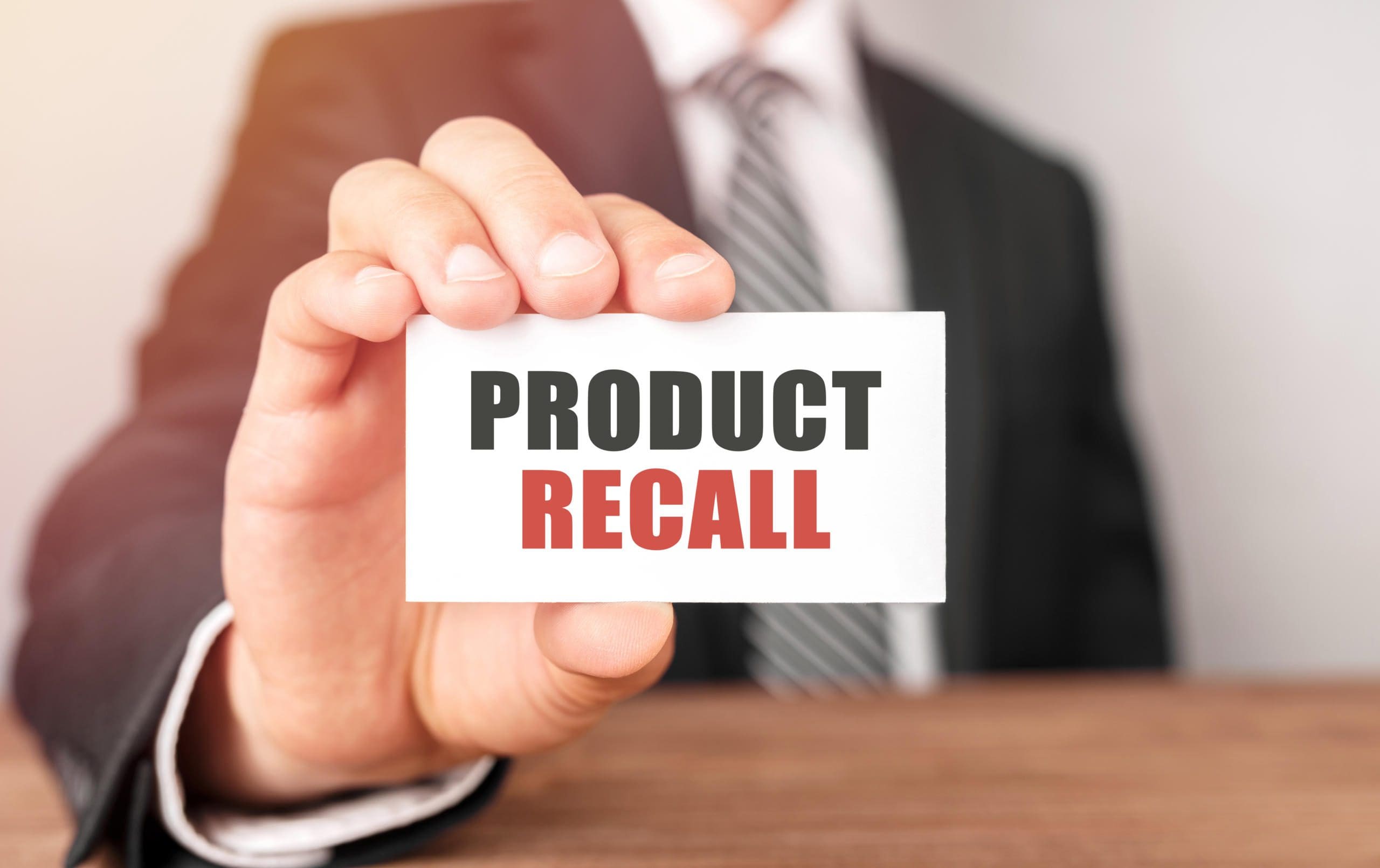Blog
Filter results by:
Category Tag-
All
AUTOMOBILE ACCIDENTS
AVIATION ACCIDENTS
BARRATRY
BUS ACCIDENTS
CHILD INJURY
COMMERCIAL VEHICLES
COMPANY VEHICLE ACCIDENTS
CONSUMER PROTECTION
DRUNK DRIVING
ENVIRONMENTAL HAZARDS
INJURY
LEGAL MALPRACTICE
MARITIME & OFFSHORE INJURY
MASS TORT
MEDICAL MALPRACTICE
MOTORCYCLE ACCIDENTS
NURSING HOME NEGLECT
OILFIELD & REFINERY ACCIDENTS
PHARMACY MALPRACTICE
PREMISES LIABILITY
SAFETY TIPS
TRAIN & RAILROAD ACCIDENTS
TRUCKING ACCIDENTS
WORKPLACE INJURIES
Load More
Contact Us for a Free Case Review
- 866-517-5659
- info@tjhlaw.com















